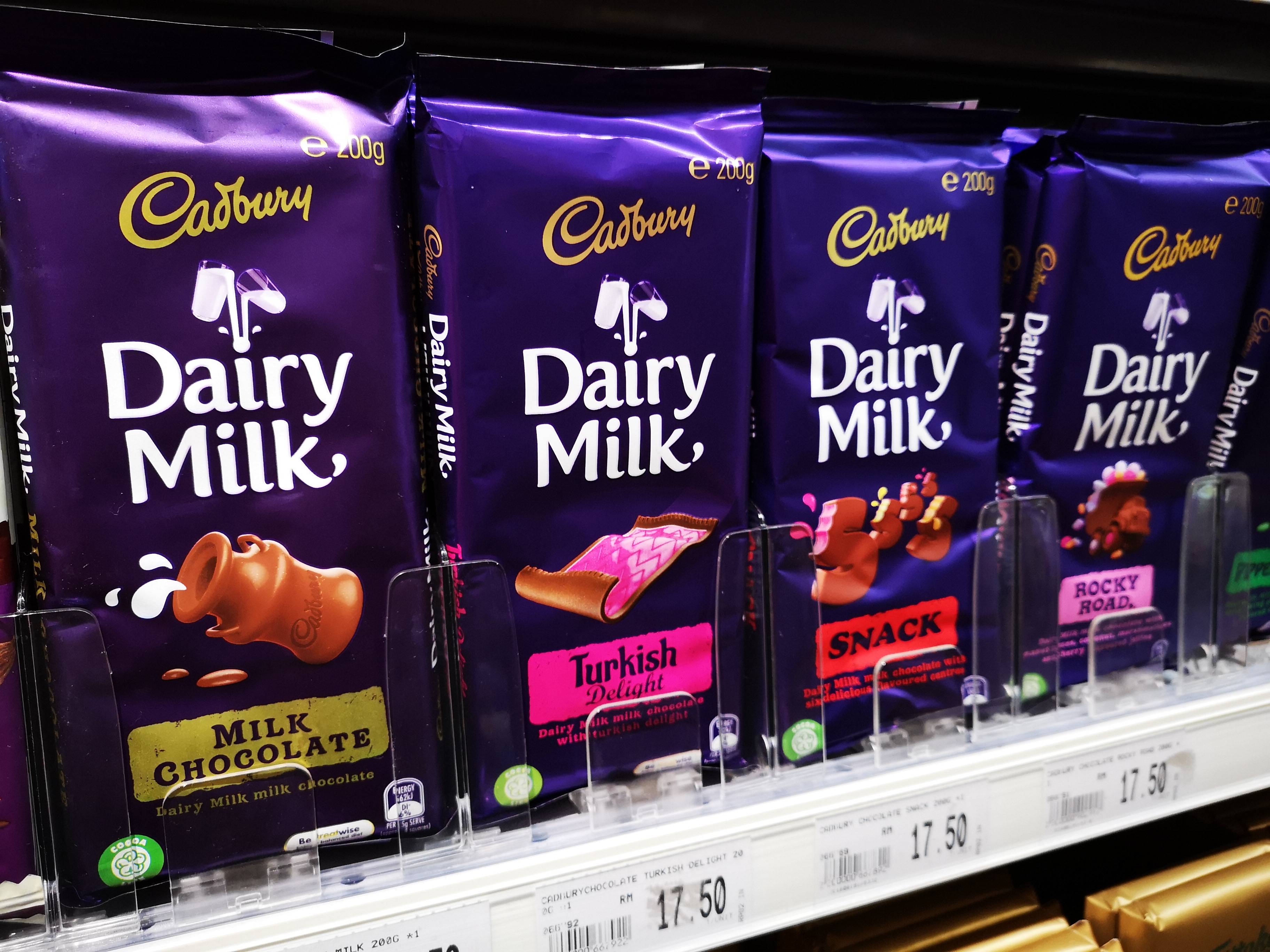News release
From:
New flavours, scents, or formulations – we see them every day on the supermarket shelf. Despite line extensions being among the most common strategies to build a brand, they’re expensive, risky, and come with an average fail rate of about 40%.
Now, new research from the Ehrenberg-Bass Institute for Marketing Science at the University of South Australia has explored how colours and images can help identify a line extension, finding that images, rather than colours, are much better at signalling product variety.
This is the first study to audit industry practice on a large scale, and appraise this practice with empirical, consumer-based research.
Analysing the perceptions of 1853 customers to 576 products in the US packaged goods market, the study showed that only 56% of product varieties had a colour that was commonly expected by category buyers.
It’s an interesting finding given that colours are so commonly used by marketers to indicate a new variant, says Senior Marketing Scientist Dr Ella Ward.
“Colours are regularly used to identify brands – think purple for Cadbury or red for Coca-Cola – these are highly valuable brand assets that should be protected,” Dr Ward says.
“In our study we found that competing brands use similar colours to signal 84% of the variant types analysed, but consumers associated a colour with only 56% of those types.
“Concerningly, there was a disconnect between colours used in practice, and those expected by customers, with these aligning only 16% of the time.
“When we assessed images however, we found that 23% more consumers were able to link these to product variants.”
The research draws upon empirical consumer research on how consumers identify and recall information about brands in their memories.
Dr Ward says that the findings suggest that images are a more explicit signal of product variety than colour.
“Colour is unidimensional and ambiguous; its meaning is highly dependent on the pre-existing memory associations held by each individual. Images, on the other hand, are rich in neural information which makes them more readily processed in memory,” Dr Ward says.
“As images are less ambiguous, they have more power to convey variety than colours. Yet for marketers, it’s common practice to signal a new line extension by mimicking the colours used by competitors.
“We recommend using images where possible and protecting the master brand by keeping variant colours to 25% of the pack face or less.
“Consider Cadbury’s chocolate: the colour purple is always emphasised, but flavour variations are signalled by a coloured banner and an image, such as sultanas and nuts for a ‘Fruit & Nut’ extension. This ensures the master brand colour remains prominent, and the portfolio looks visually cohesive.”



 Australia; SA
Australia; SA



